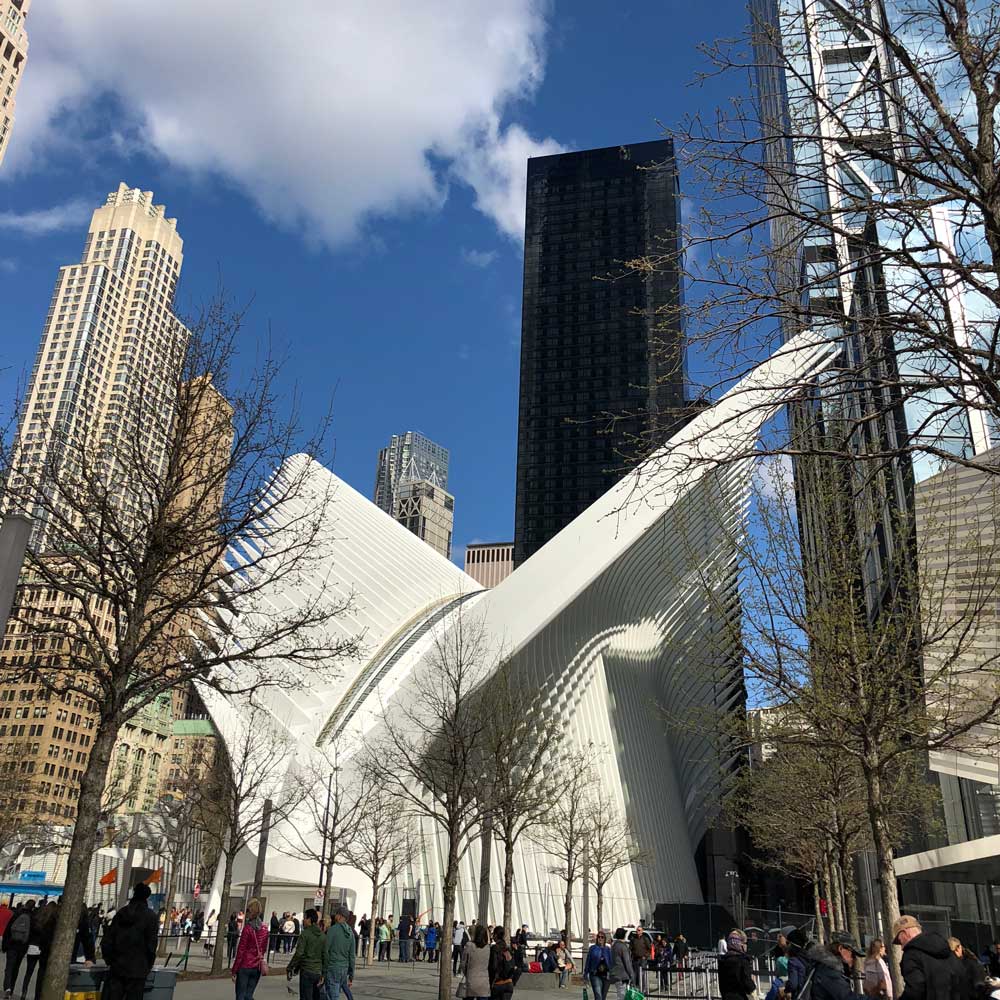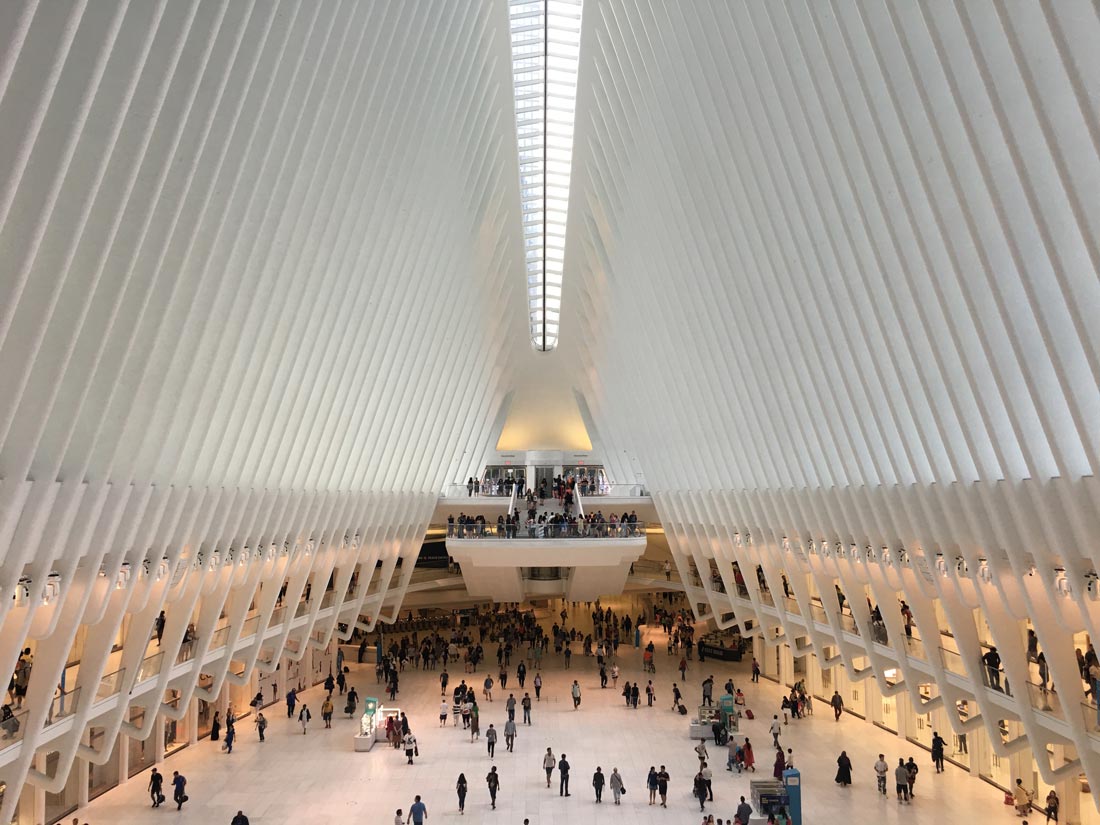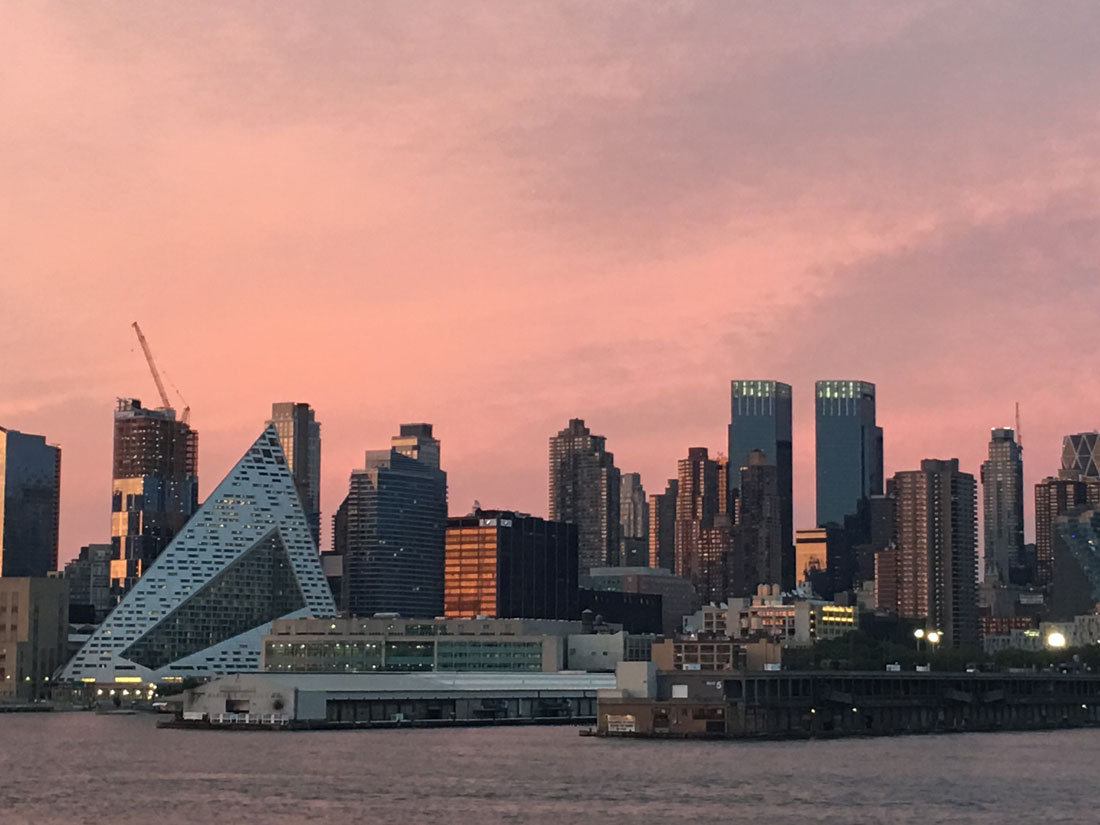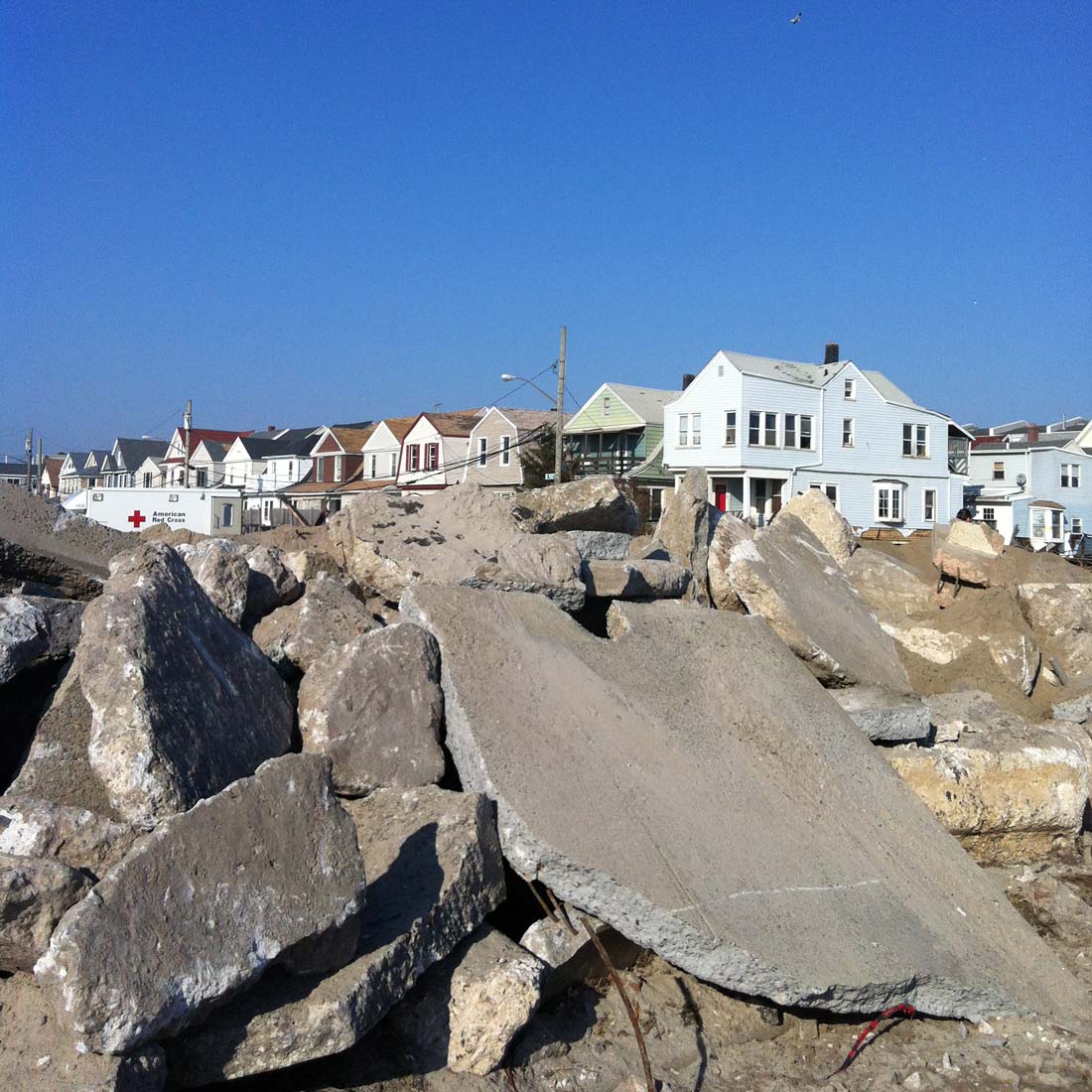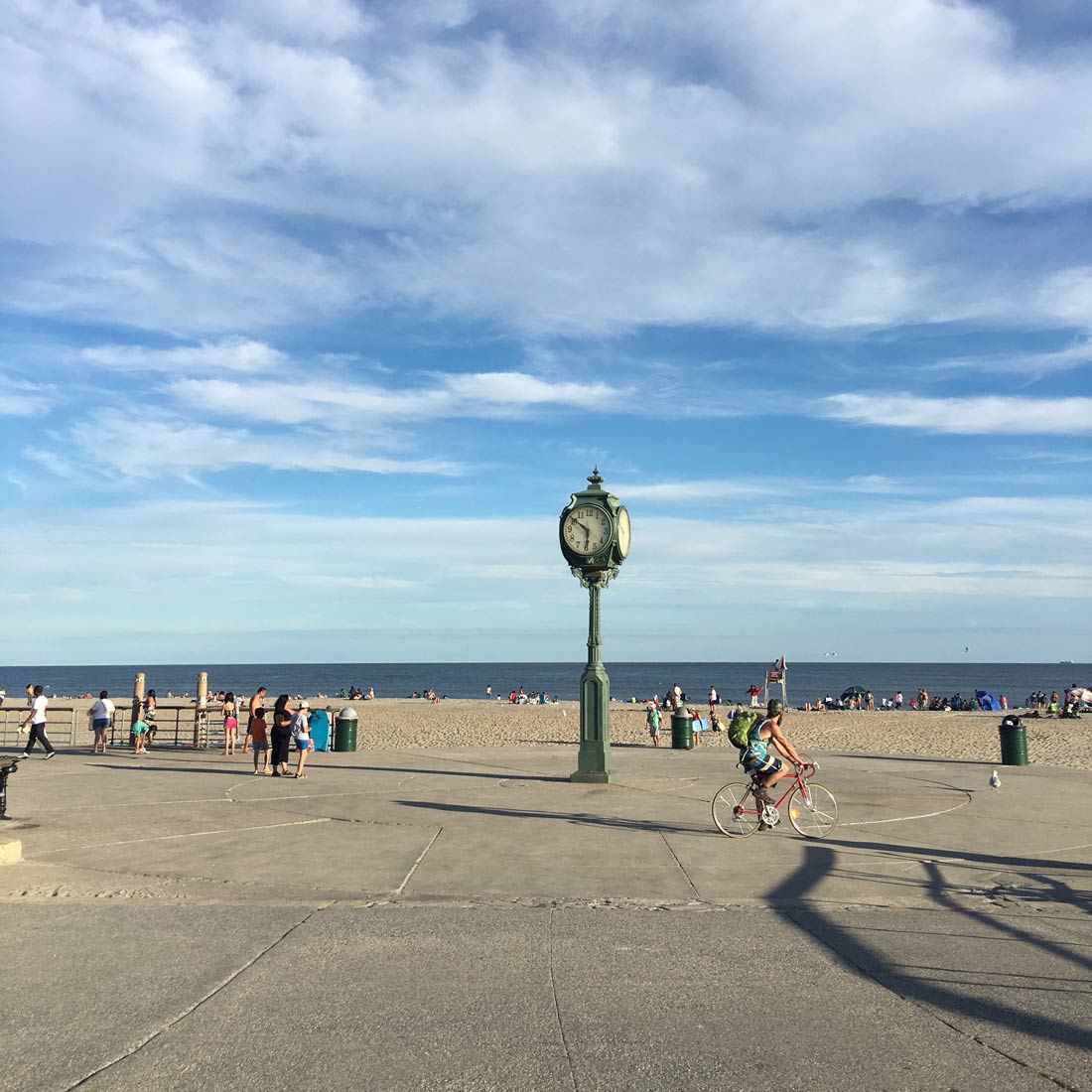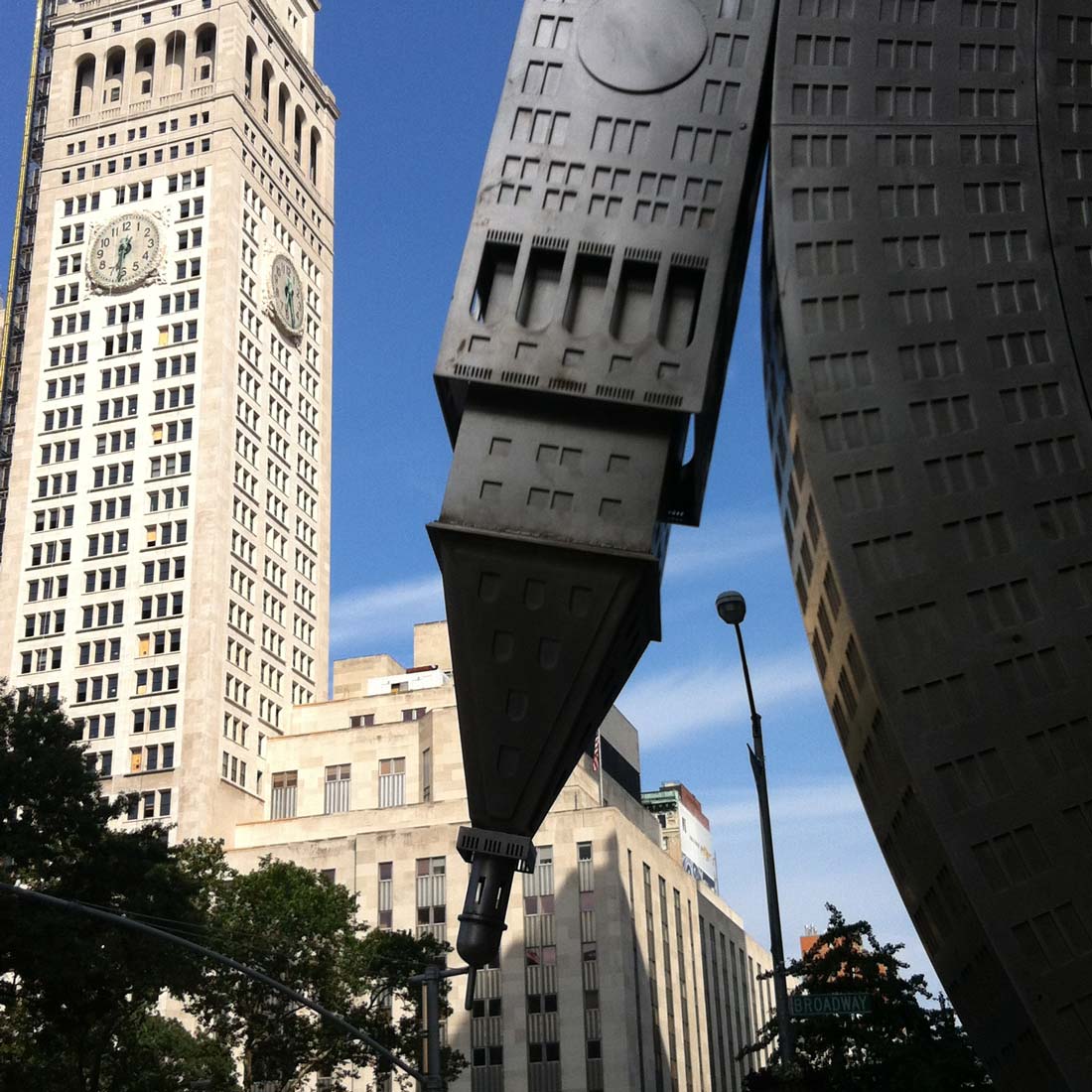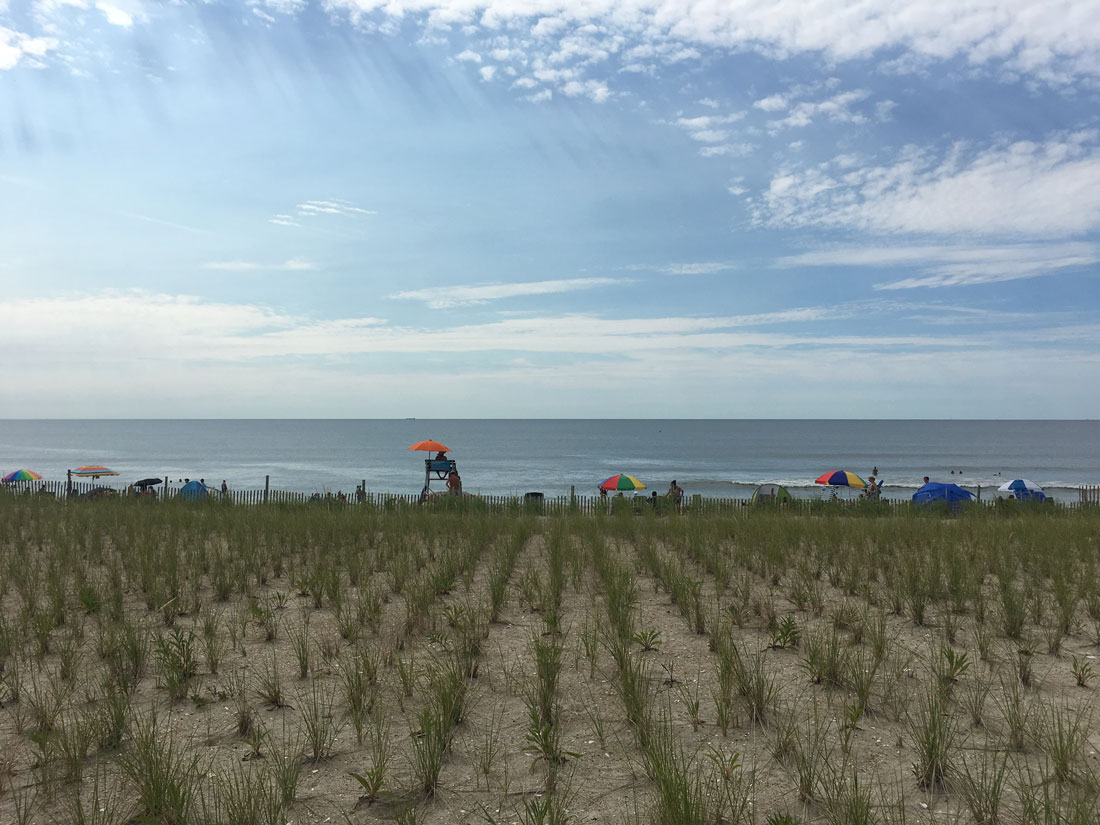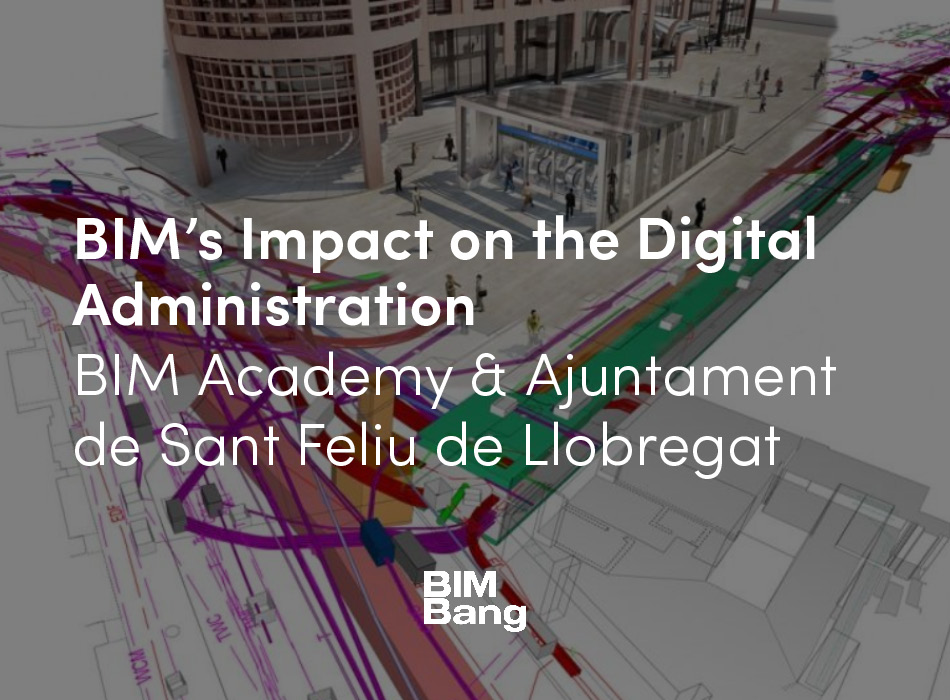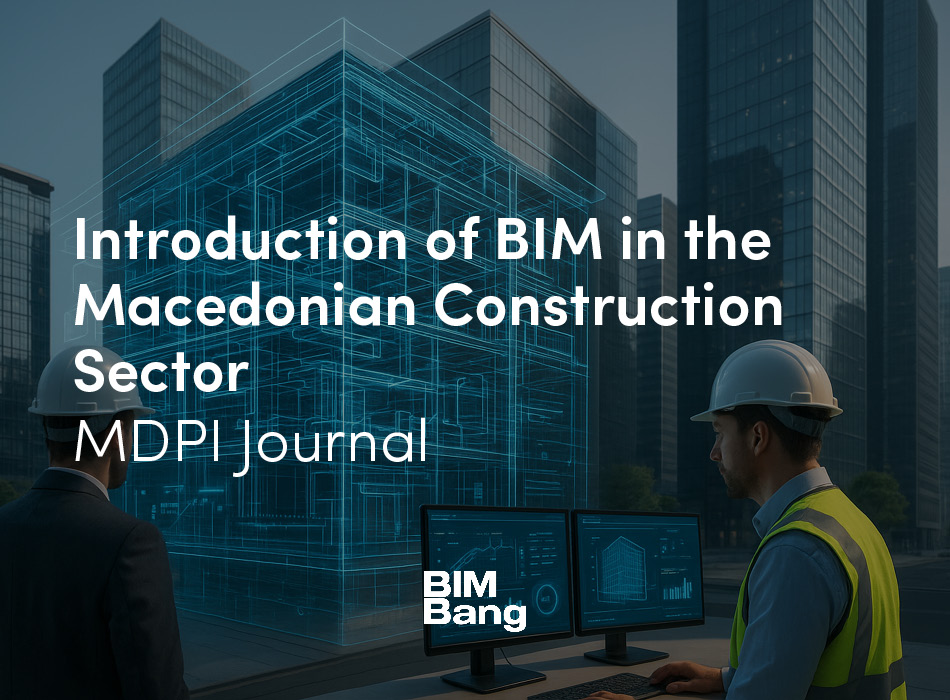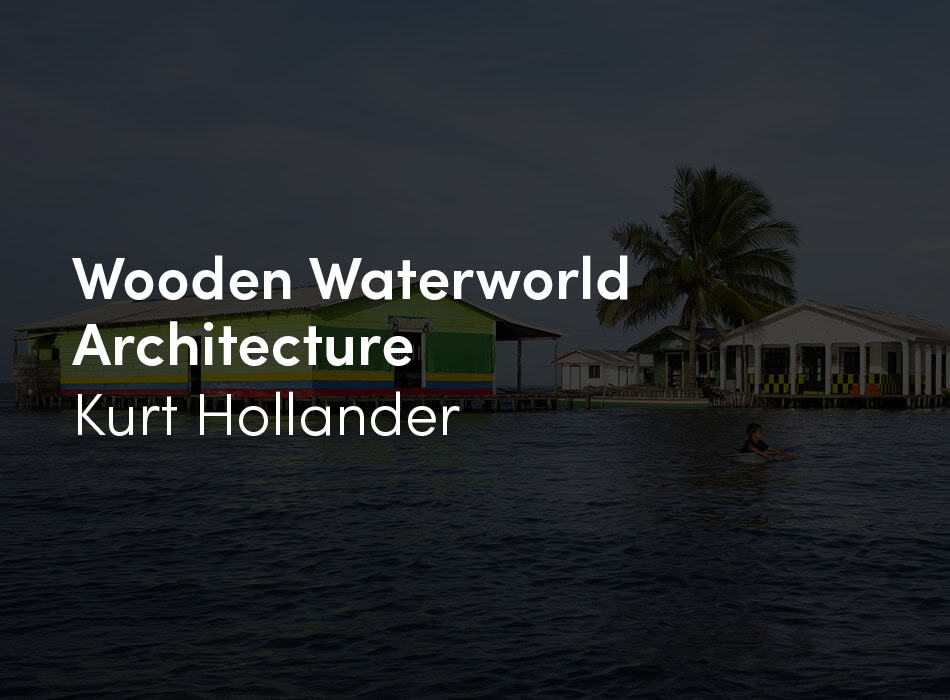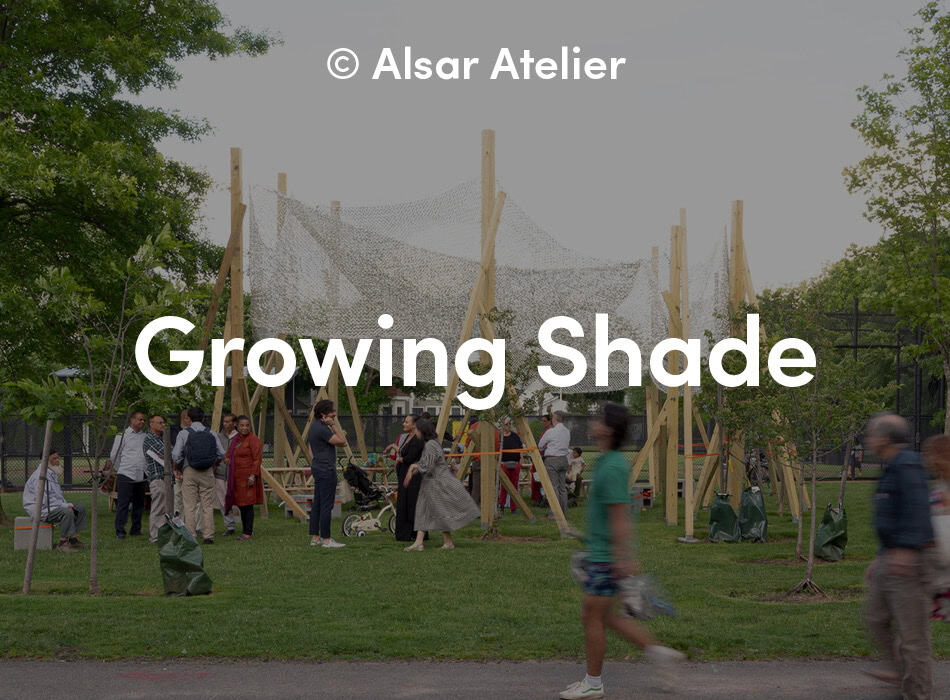Building for the Anthropocene
Oculus Outside, Lower Manhattan, NYC, 2018. J Nevarez
After many years of friends and colleagues suggesting a visit to the awe-inspiring architecture of Calatrava’s Oculus in Lower Manhattan, I ventured one summer afternoon after catching the ferry service from the beach in the Rockaways, an area badly impacted by Hurricane Sandy. The outside of the dove-inspired entrance was a peace monument designed for a city in the process of healing from 9/11. Oculus is cemented over the vast expanse of added land from the World Trade Center dig, now the site of the 9/11 Memorial, where Battery Park City is now located. Another area badly impacted by Hurricane Sandy.
Oculus Inside, Lower Manhattan, NYC, 2018. J Nevarez
Venturing inside is a deep space framed by what could be considered, at least to me, the carcass of a dinosaur skeleton from the inside of the ribs. There is inside Oculus a major subway entrance and path train hub as one traverses through a pristine and posh shopping mall. An ideal commuter ambush for the transformation of public space into a commodified space for consumption. Will it be flooded? Is this recently unveiled space protected from floods like the one generated by Hurricane Sandy?[1]
Climate Change and the Anthropo/scenic landscape of Hurricane Sandy
As the experience of Hurricane Sandy in New York City demonstrated, climate change crises uproot urban environments and city life. The anthropocenic consciousness where human generated activities lead to environmental destruction, emerges as a relevant and timely inquiry, forcing us to consider what we build under the possible consequences of climate impacts. The Anthropocene identifies urban industrial society and agricultural expansion in producing environmental degradation to a degree compared to geological shifts that have dramatically altered earth’s ecosystems, conducive to deforestation, overfishing, ozone depletion, mangrove conversion, and so forth. The Anthropocene can be considered a critical space from which new forms of understanding can bridge connections between humans, non-human, and objects in relationships of cooperation and solidarity rather than competition. The required adaptation to new ways of thinking and practices with the “natural” environment and cities emerges in an ecological approach constituted by relationships of collaboration between humans and nonhumans, organic and inorganic matter. A necessary epistemological shift, the Anthropocene provides the opportunity to consider alternative perspectives in our relationship with nature, different from the capitalist one, where nature figures as a resource to be exploited.
New York City Skyline, 2018. J Nevarez
The paradox of cities and climate change
The paradox of the city then rests in the city as a product of the industrial revolution but also the site where most climate change policies for mitigation and adaptation emerge. The city is simultaneously the problem and the solution. Cities are key nodes for climate change policy development, interventions, and most recently leaders in climate change policy implementation. The complexity of the city and that of climate change require an interdisciplinary perspective. The palpable, visible, and immediate climate change impacts add a sense of urgency to consider many possible relevant bodies of knowledge, experience, and expertise to devise alternatives to contemporary social-ecological-built environment living arrangements. Sociology, urban planning, architecture, political science, and environmental sciences, to name a few, are all disciplines whose object of study can be invested and are relevant to examine climate change consequences and possible sustainable scenarios. The “urban” is then the node where levels of governance and climate change simultaneously intersect in a multi-scalar fashion. The ecological city constituted by the physical infrastructure, organic and inorganic matter, as well as humans is a fresh reminder of the possibilities that the urban offers in terms of awareness, preparation, and adaptation to climate change impacts. The city is therefore the bastion for a myriad of multi-scalar creative policies regarding climate change mitigation and preparedness interventions. Global urbanism based on sustainable and resilient policy approaches is necessary and so is an understanding of current economic and political arrangements. Resilient urbanism is then an extension of the particular neoliberal mode of governance, a necessary acknowledgment to understand the context in which practices and strategies for preparedness and adaptation to climate change are modeled. Climate change risks, neoliberal policies, and the neoliberal subject are anchored on an entrepreneurial ethos of expectations for action that are entrepreneurial in character. The trial and error, experimental approach necessary for climate change impacts recovery resonates with entrepreneurial policy making and urban development trends in global urbanism. To prepare for and anticipate future risks are constitutive of the current ideological infrastructure of neoliberal and yet multi-scalar resiliency.
Resiliency under neoliberal precarious austerity measures
The conditions under which rebuilding takes place are based on innovative policies where resiliency is considered a form of bouncing back from an extreme event and absorbing change a form of adaptation. Neoliberal austerity measures that seek to diminish governmental expenditure have direct consequences to extreme weather-related recovery efforts. “Governing disaster” examines governmental federal organizations like Homeland Security and the Federal Emergency Management Agency (FEMA) as the governmental organizations responsible to administer aid after an extreme climate impact, in the US context. However, after the recent increase on the number of extreme climate impacts in the United States mainland and its territories from Hurricanes Harvey, Irma, and Maria dwindling budgets and neoliberal austerity policies increase the challenges to offer appropriate recovery. The global neoliberal approach emergent in current economic and political contemporary arrangements is an important contextual variable that increasingly challenges affected communities’ recovery efforts. Within the neoliberal political project’s pervasive market deregulation and privatization lay the limits to and possibilities for alternative forms of governance. Extreme weather highlights the underlying social and economic conditions of infrastructures and community, and the uneven geography of development along class and race indicators. Administering aid under these austerity conditions jeopardizes the response to communities with already limited resources, that might already exist at the margins of urban development.
Hurricane Sandy’s Impact. Rockaways, NYC, 2018. J Nevarez
Climate agreements and environmental security
At the International level, International Climate Agreements function as a supra-structure to legitimize, regulate, and administer climate change preparation and adaptation policies as a form of international climate governance. On the other hand, environmental security calls for broad understandings about populations and ecosystems, political boundaries, as well as climate change impacts management, as they become emerging climate change governance concerns.
Jacob Riis Beach Clock, NYC, 2018. J Nevarez
The clock is ticking
Protecting critical infrastructure is a priority for security measures when planning for preparedness with climate change impacts is in mind. The overemphasis on infrastructure however, clouds possibilities to develop strategies that are based on alternative understandings about the relationship between humans and biota that are part of an urban ecology that strengthens social and physical relations. The overemphasis on infrastructure after extreme climate impacts tends to undermine the importance of soft infrastructure: social and community networks. Climate change social policy in a landscape that is increasingly fluid and flexible requires working with nature and absorbing its changes to develop resilient urban landscapes.
Upside/Down Building Sculpture, NYC, 2018. J Nevarez
Redundancies
Transboundary, international systems of sovereign cooperating states, social and ecological perspectives need to integrate social and physical redundancies to develop communities of solidarity at the international, urban, and local levels. The possibility to constantly rethink and evaluate options including possible failures about multiple systems that require attention before and after a climate event is pressing and characteristic of urban-climate phenomena. Urban-climate concerns upend the underlying ideology of progress and development linear logic of progressive accumulation that so much characterized modernity as the cultural logic of industrialization. The environment considered a “global commons” can foster relationships of solidarity among people and their biota aimed at protecting and enhancing such relationship on an equal footing in a globalized planet. Social redundancies at the community level refer to alternatives such as the one exemplified by Occupy Sandy. Their relief hub model emerged as a site to coordinate vital resources to assist and subsequently help rethink the important role of community. Their approach helped fill the gap left at the local level by more traditional command and control top-down governmental approaches such as that of FEMA and Homeland Security. The flexible and horizontal approach based in solidarity that guided the Occupy Sandy model proved to be intelligent, skilled, efficient, and effective mostly for communities that generally lack resources. The need for cultures of resiliency at the community level that are able to co-create responses to extreme climate events promptly and efficiently by collaborating among different groups and organizations is part of an alternative social redundancy approach. Occupy Sandy’s organizational model based on solidarity, basic human connection, and intelligence coordinated rescue efforts efficiently and effectively based on a horizontal model that skillfully used social media and provided a bottom-up approach. In this regard, Occupy Sandy by coordinating with other individuals and organizations was closer to the “Whole Community” approach that at the time of Hurricane Sandy, sought to guide the Federal Emergency Management Agency in the United States.
Communities of solidarity can be based on resilient cultures constituted by effective communication, inclusiveness, participation, public and private collaborations, as well as forward-looking redesign strategies by interdisciplinary and multidisciplinary cadres of professionals. The political ecologies of such commons are based on alternatives where communities of solidarity are strengthened before and after extreme climate events despite efforts to privatize restored landscapes. The fluid and relational conceptualizations that the Anthropocene critique pushes forward facilitates an ethics of kinship and solidarity to bounce back from uncertainty, vulnerabilities, and risk with flexible adaptive strategies where community participation contribute to devise best practices for preparedness, mitigation, and recovery, from the ground up and as a process of co-creation. Resilient urbanism can spur from approaches based on communities of solidarity, sustainable cities, and a global governance structure conducive to protect the global commons inclusive of humans and nonhumans. There lay the efforts to mitigate, prepare, and adapt to extreme climate impacts.





